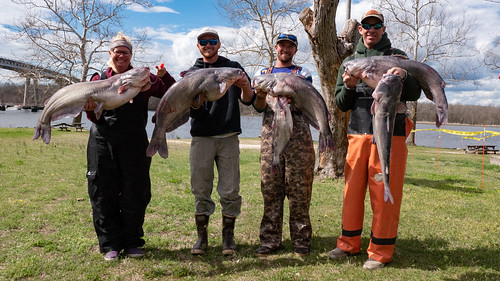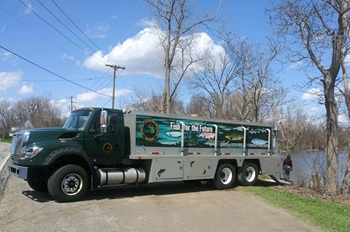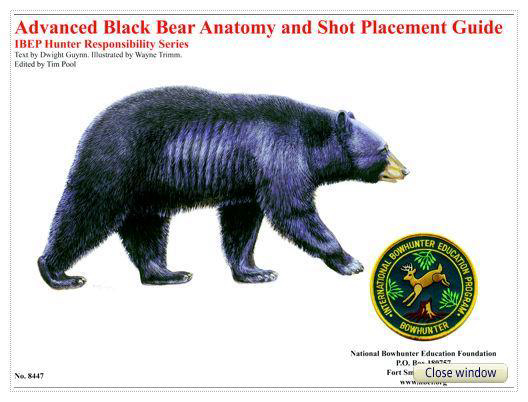Sports Afield Safes New Quick Access Side Mount Handgun Vault

SA Consumer Products, manufacturer of in-home secure storage products, is thrilled to spotlight their brand-new Sports Afield vault – the Home Defense Side Mount Quick Access Handgun Vault.
Since its establishment in 1887, the Sports Afield brand has consistently provided a genuine experience for more than 135 years. Today, Sports Afield stands out as one of the fastest growing outdoor sporting goods brands in North America. Drawing inspiration from this rich heritage, the Sports Afield collection of safes, cabinets and vaults incorporates innovative and feature-packed designs, resulting in durable and top-notch products that showcase a timeless appeal, capturing the essence of the outdoor enthusiasts who have contributed to the brand’s success.
Keep your handgun securely stored and by your side with the Sports Afield Quick Access Handgun Vault. This vault uses your fingerprint as the passcode to your firearm. Read more









